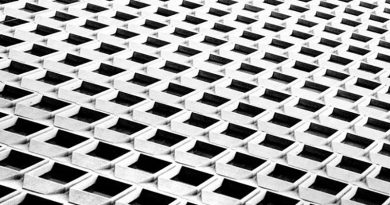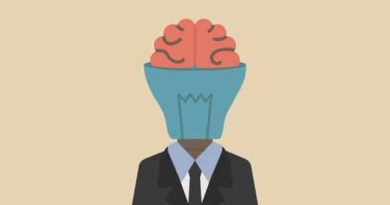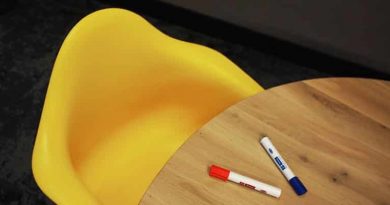Persona vs. Archetype: Which Is Better For Design Brainstorming?
In my previous article about empathic design, we saw how the designer should put himself in the shoes of users in order to understand their needs and behaviors while using your product or application. Predicting user behavior is a very critical component, as both marketing and design processes depend on it to build a product that meets users’ expectations and achieves success in the market.
Many methods are used to accomplish this goal, including market segmentation, persona, and archetype. Each of these methods has its own approach, and in order to understand which method to use, we need to understand the differences between them. While the focus of today’s article is the persona and archetype, please note that we already covered market segmentation in detail in “What Is Market Segmentation and Why Designers Should Understand It.”
What Is Persona?
Simply put, persona is part of the process to create a character that represents the end consumer. This character is called a persona, and some projects can have one persona or more. Each persona represents the user’s demographic information, such as age, gender, education, and interests. This information is used to guide the design and marketing teams during the production process.
For instance, if we are building a travel website, one of the persona models can have the following characteristics:
- Male
- Age range of 30 years old
- Higher education graduate
- Senior-level employee who wants to get the most out of a few days’ vacationTravels a lot and has already visited many places
- Interested in affordable travel offers to new places
- Would like to always be connected with his team
Based on the above, the website gives priority to the affordable trip offers that may be attractive to this age range.
While the persona helps designers imagine the consumer needs and requirements based on the characteristics above, the persona characteristics do not always align with real user needs, as users with the same characteristics have different mindsets and behaviors.
What Is Archetype?
Archetypes are found in the characters of old literature and the heroes of popular myths. Aligning product brands or designs with an archetype can help attract users for the product or the brand. Unlike the persona, the archetype focuses directly on user behavior and how the consumer interacts with the product or website based on the archetype used in the product.
Determining the archetype of the product is grounded on a deep understanding of both the product and the end consumer, which requires asking questions such as: What are the general characteristics of the consumer? What is the goal of using the product? What is the consumer focus on when using the product?
Defining the archetype starts in the early stages of product development and needs to be fleshed out to steer the design process toward the realization of a successful product that follows the main vision of the design team.

A good example of such an archetype is Nike, which is named after the Greek god of victory. The archetype for Nike products is the “hero,” and this can be seen in ads that rely on heroic sport icons like Michael Jordan and Lance Armstrong.
Additionally, below are some examples of other brands and the archetype behind them:
- Coca-Cola and McDonald’s are following the “innocent” archetype, for which the goal is to be happy.
- IKEA and Walmart are following the “regular” archetype, for which the goal is to connect with others.
- Virgin, Jeep, and Starbucks follow the “explorer” archetype, whose goal is to experience better and authentic life.
- Diesel and Harley-Davidson follow the “outlaw” archetype, which has the goal of revolt.
- Axe and Olay are following the “magician” archetype, which has the goal of making dreams come true.
In order to build a successful archetype, it should be iconic, unique, scalable, and representative of the product’s values.
Choosing Between Persona and Archetype
While you may believe that archetype is more important than persona, both should be considered for each product. Explore the implications of each within the design process in a way that leads to a successful product. The persona helps a designer think in tune with the end consumer and predict what the customer’s goal for using the product is. The archetype, on the other hand, contributes to building a successful brand through maintaining the product’s values and building an identity that drives the end consumer to purchase or even connect to it emotionally.







